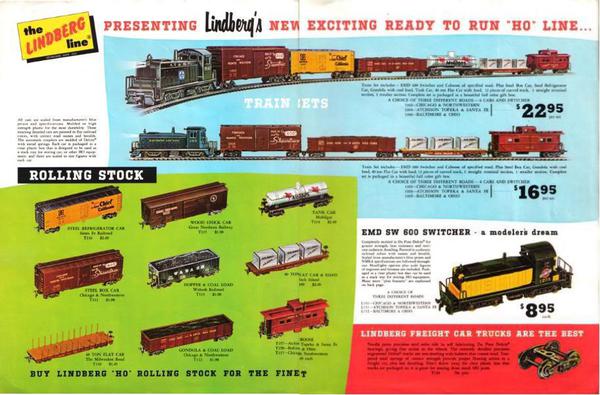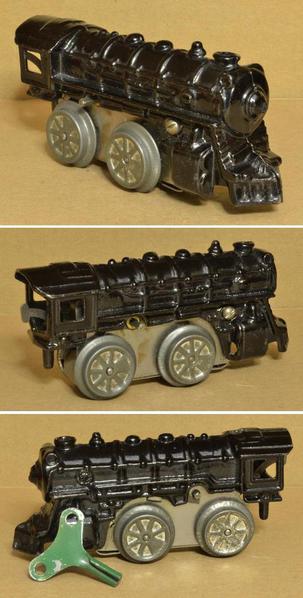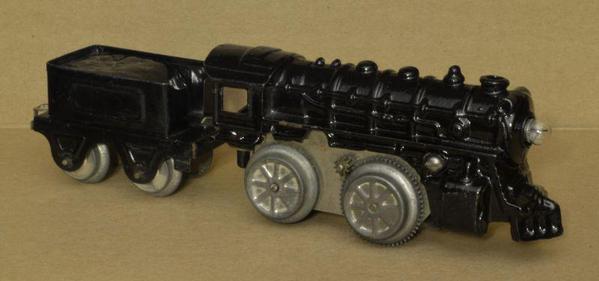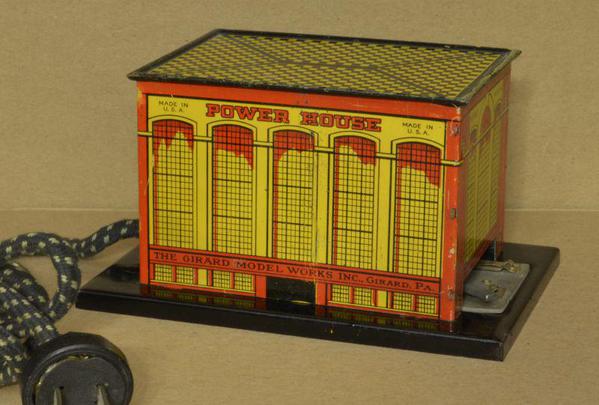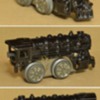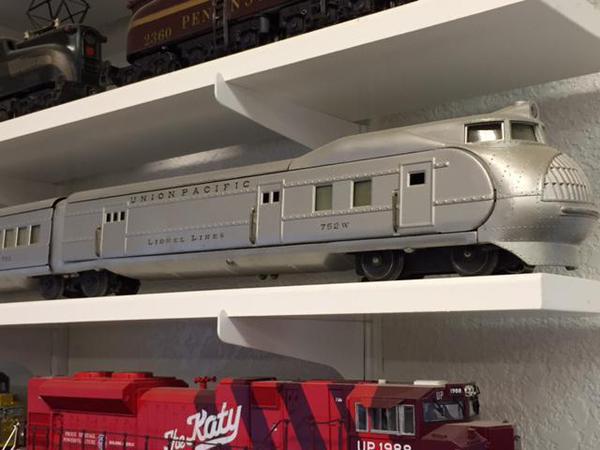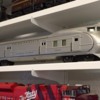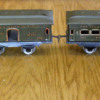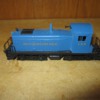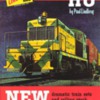Hi Tom: Glad you enjoyed it. Perhaps my post was a "happy accident"?
Adriatic:
Yes, Lindberg as in "Lindberg Models". They developed a line of HO products they dubbed "The Lindberg Line".
Lindberg turned out VERY different stuff than was typically found in train sets of the time. For starters, there was the SW engine instead of the ubiquitous F unit or generic steam engine typically found in sets of the time. Plus, their rolling stock was closely prototypical in livery, as well as having flat, dull "boxcar" type colors. No garish colors to be found. Almost all the paint finishes were flat. (With the exception of the slight sheen on the B&O SW.)
I received my Lindberg set also by "happy accident" (serendipity!). For Christmas of 1962, I had asked for a cheaper Sears Allstate (Marx) set I saw in the Sears Christmas catalog that year. (See first picture below, middle of the pic, the NP Geep set #2.) I had selected that particular set because it best resembled the trains I saw around Kansas City as a lad: A switcher, in this case a road switcher.
Fortunately, Sears didn't have that set in stock, so Dad n' Mom went to a genuine hobby shop that dealt in trains and asked for suggestions. He suggested a Lindberg set. Lo and behold: They upgraded and purchased the top of the line set that Lindberg offered (See the top set in the Lindberg catalog page below.) The set I received was in B&O livery and included a livestock car instead of the tank car.
I'm pretty sure I recall being wowed and a bit puzzled when I opened the gift wrapping to see a big, flat box with large dramatic artwork on it depicting a switch engine switching at night. (See the catalog cover art: That was the same cover art used on some of their car boxes and I think set boxes.)
This obviously wasn't the set I asked for! No, instead, it was set that was right up my alley: Looked like the trains I saw around Kansas City! (A switch engine and "railroady" looking rolling stock!) In addition to the set, they had also purchased some Atlas snap switches and extra track, so I could really do it up right on my Carpet Central down in the basement. What a memorable Christmas year my parents provided me with that year.
So, it took some time for this modeler to fully realize that my history in trains doesn't lay with Lionel Postwar (though admire it as I did as a kid, and still do), or even 3 rail (except for a modest Marx set given to me), no, it was Lindberg that truly etched the good toy train memories in my mind.
So, I set about to edumacate myself about Lindberg. What I discovered was that they were very small in the HO field, with only one engine ever being produced (the SW), and that in only four liveries (and possibly undecorated).
* B&O
* ATSF (Black w/"Cross" emblem.)
* CNW (see the art work)
* Illinois Central (Black w/green diamond herald and white stripe on sidesill.)
* Undec, maybe?
The IC was a very, VERY low volume unit. I was fortunate enough to find an IC set still in the box. Pretty cool.
Lindberg only produced the cars pictured in the catalog, though I have never seen examples of the flat car w/stakes, the coal hopper, or the tank car. 99% of the time the cars are found in the liveries depicted in the catalog. (Exceptions: The IC set has a box, gondola, and caboose, lettered for the IC.) I have seen no other variations. Their cars were quite ahead of their time in regards to the aforementioned flat, railroad livery paint schemes, as well as being equipped with fantastic "Bettendorf-type" trucks cast in high-detail Delrin (sprung, even!) as well as having NMRA RP-25 wheel profiles. Their trucks rival any that are produced today in detail and performance!
As best as I can tell, Lindberg sold trains from the late 1950s until the mid-1960s. They were very low volume, so not many train enthusiasts have memories of them.
Thus, Lindberg is definitely a small niche in the big scheme of collecting. Today, not many people are interested in their products, and that's fine with me. I'm always on the look out for Lindberg stuff that's either better than my current example, or a model that I don't have. Very seldom does something turn up that's worth pursuing, but I enjoy looking.
Okay, enough of this. I need to shut up and let you all get back to the topic at hand!


